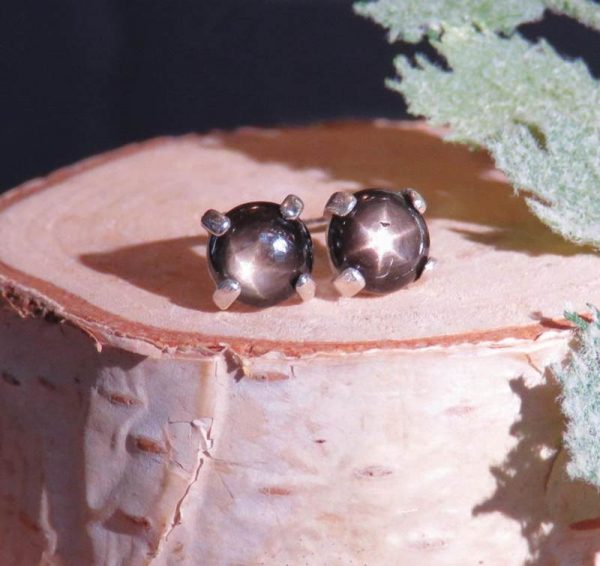
Another blue sapphire showing chalky fluorescence corresponding to the colorless portions of the gem. Another example of zoned chalky SW fluorescence in a heat-treated sapphire. When seen, this strong chalky blue SW fluorescence is an extremely strong indication that the gem has been subjected to high-temperature heat treatment.įigure 3. Hughes Nikon D70įlipping over the same sapphire from Figure 1 reveals a distinct bluish (‘chalky’) fluorescent ring, corresponding to the colorless portions of the gem when viewed in immersion. These “tufted” fluorescent zones follow the crystallographic structure of the gem.

As seen above, this reaction is confined to certain zones in the gem. When a sapphire is subjected to high-temperature heat treatment, a chalky blue to blue-green SW fluorescence is often created. Many will be illustrated below, both known and unknown. In addition, other trace elements in corundum may produce fluorescent reactions, from the well-known red glow of ruby to other reactions that are still not completely understood. Since colorless areas follow the original crystal’s growth structure, the fluorescence will follow the same pattern as the gem’s color zoning. It is actually the colorless portions of the stone that fluoresce (a reaction similar to Verneuil synthetic sapphires). This reaction is practically never found in untreated corundums and was first noted by Robert Crowningshield (1966, 1970). Many heat-treated rubies and sapphires will display chalky short-wave (SW) fluorescence.

But with the rising importance of treatment detection, the humble UV lamp is making a comeback. It wasn’t long ago that ultraviolet (UV) fluorescence was considered the poor stepchild of the gem lab, a pint-sized pea shooter when compared with the high-caliber cannons available in modern labs. So what is this miracle tool? We speak of the lowly ultraviolet light. While a 100% reliable answer to that question is a job for a major gem lab, there is a simple and inexpensive tool that can often give an important indication. One of the greatest challenges gem dealers and gemologists face today is being able to accurately determine if a stone has been heat treated. UV fluorescence can assist in that identification, as well as detecting fillers in emerald. One of the greatest gemological challenges is determining if a ruby or sapphire has been heat treated.


 0 kommentar(er)
0 kommentar(er)
